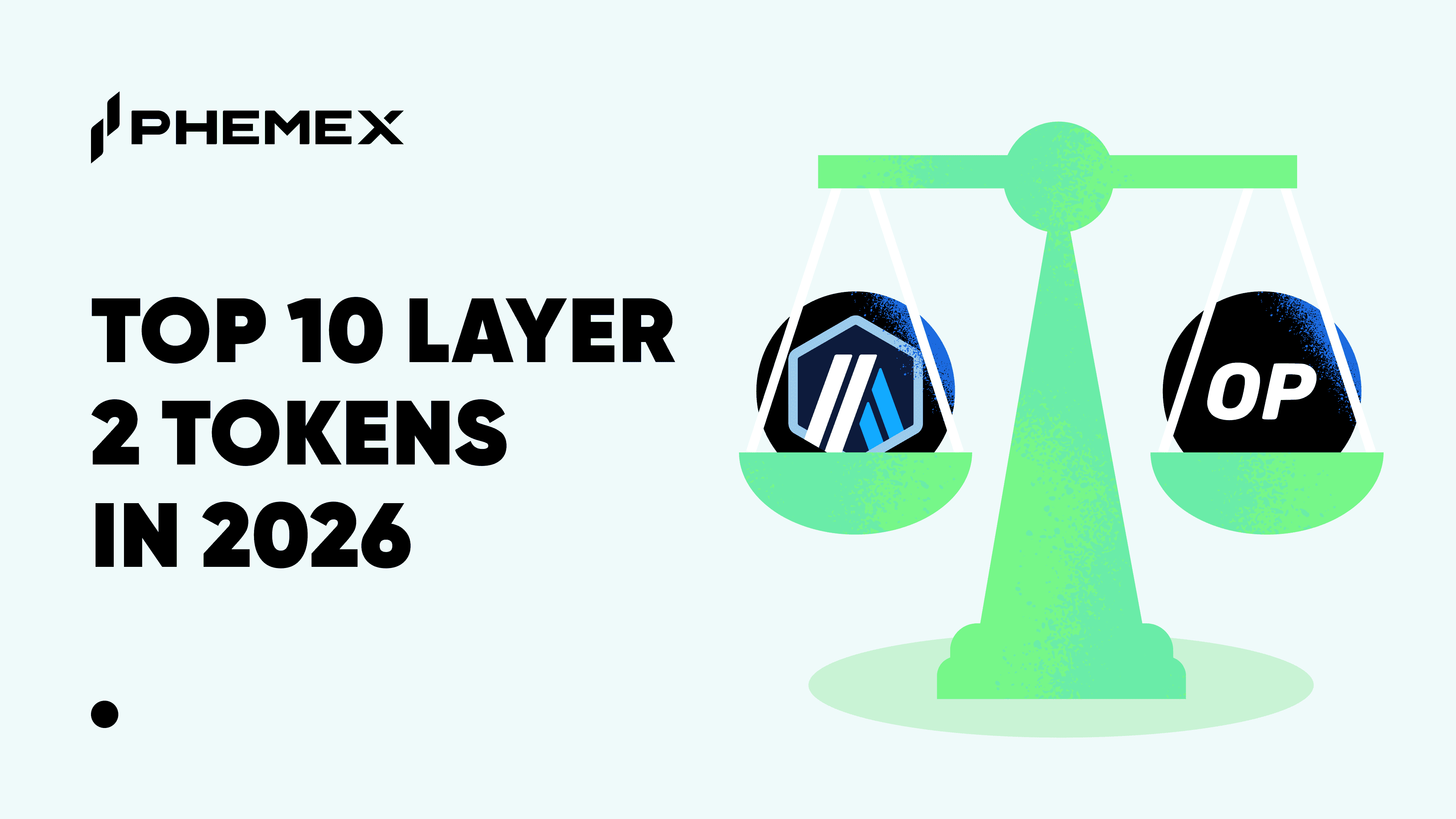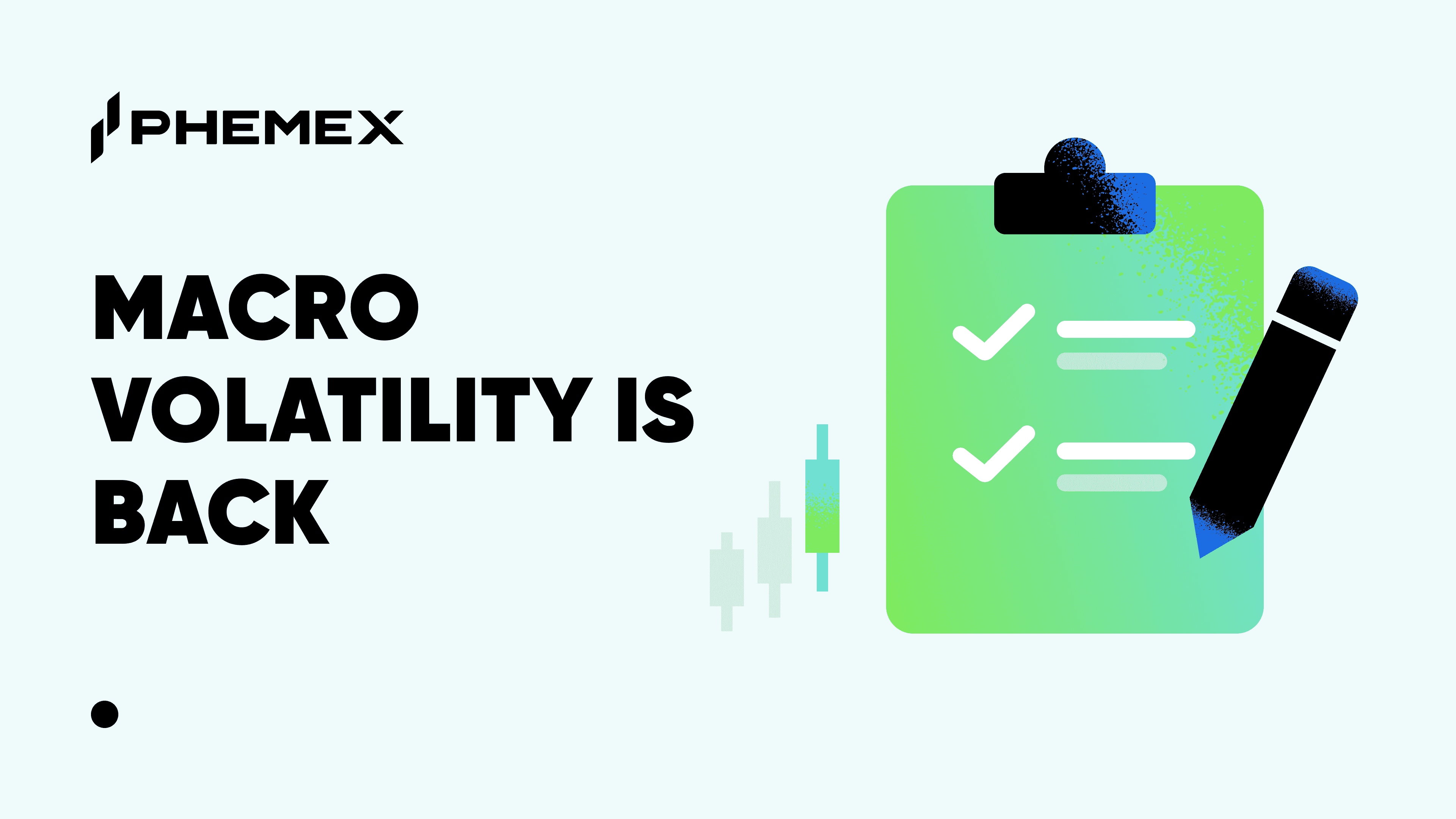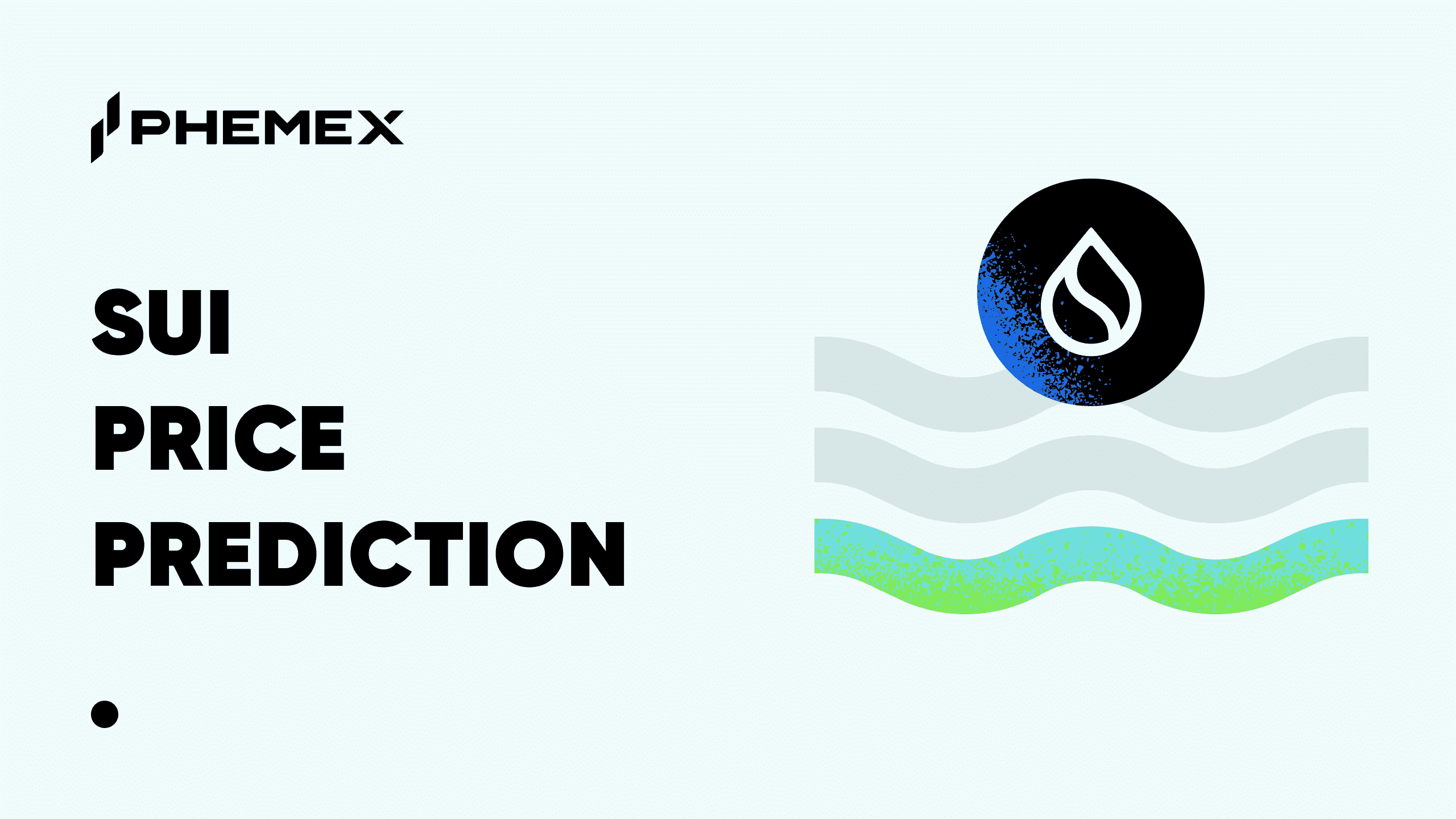A significant structural evolution is underway at the confluence of traditional capital markets and the digital asset ecosystem. While the advent of spot Bitcoin ETFs marked a pivotal moment for institutional adoption, a more nuanced and potentially more impactful trend is gaining momentum: the emergence of publicly traded companies dedicating their corporate treasuries to holding digital assets beyond Bitcoin. These entities, known as Digital Asset Treasury Companies (DATs), are creating a new, regulated channel for public market investors to gain exposure to a diverse range of crypto networks and tokens.

This movement, led by a vanguard of firms focused on high-throughput blockchains like Solana, represents a critical maturation of corporate strategy in the digital age. It expands upon the blueprint established by MicroStrategy's Bitcoin accumulation, applying it to a broader and more functional class of crypto assets, including those from networks like Chainlink, XRP, and others.
This in-depth analysis will dissect the DAT model, examining the strategic rationale behind its proliferation, the key differences from the original Bitcoin treasury model, the structural risks involved, and its profound implications for both the future of corporate finance and the digital asset landscape.
Evolution of a Model - From Bitcoin Reserve to Productive Network Assets
The conceptual foundation for the DAT was laid by MicroStrategy Inc., which demonstrated that a public corporation could effectively use its balance sheet and access to capital markets to become a de facto holding vehicle for a single digital asset. However, the new wave of DATs represents a significant evolution of this model, driven by the unique characteristics of modern blockchain networks.
The primary distinction lies in the shift from holding a non-productive, store-of-value asset like Bitcoin to holding productive, network-native assets.
For instance, a DAT focused on a Proof-of-Stake (PoS) network like Solana can participate in the network's consensus mechanism by staking its SOL holdings. This process generates yield, typically paid in the native asset (SOL), which creates a compounding return stream for the treasury. As exemplified by market participants like SOL Strategies, this yield can be systematically reinvested to increase the company's core asset base without requiring dilutive equity financing or incurring debt. This introduces a powerful element of organic, endogenous growth that is structurally absent from a passive Bitcoin treasury.
This principle of holding productive assets extends to other functional networks:
-
A Chainlink (LINK) Treasury could stake its assets to secure the network's oracle services, earning a share of the fees generated by data consumers.
-
A BNB Treasury could leverage its holdings to participate in token launch platforms and other ecosystem initiatives, capturing value from the growth of the broader Binance network.
This evolution transforms the corporate treasury from a static store of value, analogous to holding digital gold, into a dynamic, yield-generating portfolio. The company transitions from being a passive owner of an asset to an active participant in the underlying network's economy, aligning shareholder value directly with the health and activity of the chosen blockchain ecosystem.
The Strategic Rationale and Market Drivers
The proliferation of DATs is not a speculative fad but a strategic response to several converging market forces and structural opportunities within the current financial landscape.
1. Addressing a Structural Gap in Public Market Access:
The most significant near-term driver for the DAT model is the absence of regulated, exchange-traded products (ETPs) for most digital assets beyond Bitcoin (and, to a limited extent, Ethereum). As noted by market analysts like Nate Geraci of The ETF Store, DATs effectively function as proxy-ETFs. They provide a crucial, albeit imperfect, bridge for investors who wish to gain exposure to assets like Solana or Chainlink through traditional brokerage accounts but are unable to do so via a spot ETF.
This "regulatory arbitrage" creates a window of opportunity where DATs are the primary, if not sole, regulated vehicle for public market access to a specific segment of the digital asset class. This can result in the company's stock trading at a significant premium or discount to the Net Asset Value (NAV) of its underlying digital asset holdings, creating unique market dynamics.
2. A New Model for Venture Capital and Growth Equity:
The DAT structure offers a novel and highly efficient alternative to the traditional venture capital model. A fund, such as Pantera Capital's reported $1.25 billion initiative, can acquire a public entity and use it to invest in a liquid, on-chain asset. This presents several advantages over traditional private market investing:
-
Liquidity: Unlike the typical 7-10 year lock-up period for VC investments, the DAT's core holdings are liquid digital assets that can be traded 24/7. This provides the fund manager with unprecedented portfolio flexibility.
-
Public Market Access for LPs: The fund's Limited Partners (LPs) are not locked into an illiquid private fund. They hold shares in a publicly traded company, which they can buy or sell on the open market, providing a continuous liquidity option.
-
Scale and Efficiency: The model allows for the deployment of significant capital into a single, high-conviction thesis with greater efficiency and lower overhead than managing a diverse portfolio of private startups.
Essentially, the DAT model allows sophisticated asset managers to utilize the infrastructure of the public markets to create liquid, publicly accessible venture funds focused on specific digital asset ecosystems.
3. Deepening Ecosystem Integration and Value Creation:
The most advanced DATs are moving beyond passive holding to become active participants and builders within their chosen ecosystems. This strategy aims to create a symbiotic relationship where the company's actions directly contribute to the value of its core treasury asset.
For example, a Solana-focused DAT like DFDV integrating the USDG stablecoin is a strategic move to enhance the utility of the Solana network. A successful stablecoin increases on-chain activity, drives demand for blockspace (and thus SOL), and attracts new developers and users. By helping to build this critical piece of financial infrastructure, the DAT not only has the potential to generate new revenue streams but also directly increases the fundamental value of its primary balance sheet asset. This "empire-building" strategy is a key differentiator and a potential justification for a DAT's existence even in a future market with competing ETF products.
A Comprehensive Risk Analysis
Despite the compelling strategic rationale, the DAT model is subject to a unique and complex set of risks that investors must carefully consider.
1. Regulatory and Structural Risk:
The primary long-term risk is the potential obsolescence of the DAT's core value proposition. The approval of spot ETFs for assets like Solana would provide investors with a more direct, lower-cost, and lower-risk vehicle for exposure. In such a scenario, DATs would need to prove their ability to generate alpha through active management (e.g., staking, ecosystem investments) to justify their existence and any associated management fees or corporate overhead. The "regulatory arbitrage" window that currently supports them is, by its nature, temporary.
2. Idiosyncratic and Management Risk:
An investment in a DAT is not a pure-play on the underlying digital asset. It is a bundled investment in both the asset and the management team of the public company. This introduces significant idiosyncratic risk. The performance of the DAT's stock will be influenced by:
-
Corporate Governance: The quality and decisions of the board and executive team.
-
Capital Allocation: The skill with which management executes financing activities (e.g., timing of equity offerings) and treasury management.
-
Operational Efficiency: The company's operating expenses and overhead, which create a drag on the performance of the underlying assets.
These factors can cause a significant and persistent deviation between the DAT's stock price and the value of its digital asset holdings.
3. Asset-Specific and Consensus Risk:
The choice of treasury asset itself carries inherent risks. Bitcoin's status as a "digital gold" or store of value is underpinned by over a decade of demonstrated resilience and a deeply entrenched social consensus. The value proposition for many other digital assets is more closely tied to their utility, network performance, and adoption within a competitive landscape.
A treasury built on a utility-focused asset like Solana or Chainlink is making an implicit bet on that network's continued technological and market leadership. As observed by industry veterans like Nick Tomaino of 1confirmation, the "store-of-value" property is not easily achieved. A DAT holding a less-established asset is exposed to greater fundamental risk should the competitive landscape shift or the asset's core value proposition erode.
Conclusion: A New Chapter in Corporate Finance
The emergence of Digital Asset Treasury Companies marks a significant milestone in the maturation of the digital asset class. It represents a sophisticated effort to build a durable, regulated bridge between the innovation of open networks and the established capital allocation mechanisms of the public markets.
This movement is transforming digital assets from a peripheral, alternative investment into a core strategic component of corporate finance. It provides a new toolkit for companies to generate yield, foster ecosystem growth, and offer investors novel forms of exposure.
The long-term viability of this model will ultimately depend on the answers to three critical questions:
-
Fundamental Value: Can the underlying digital assets held by these DATs sustain and grow their network value in a competitive environment?
-
Alpha Generation: Can the management teams of DATs consistently generate returns that outperform a simple, passive investment in the underlying asset, particularly after the potential arrival of spot ETFs?
-
Regulatory Evolution: How will regulatory bodies like the SEC ultimately classify and regulate these entities as they scale and evolve?
Regardless of the eventual outcome, the rise of the DAT is a clear signal that the integration between the traditional and digital financial worlds is accelerating. A bold experiment is underway, one that is blurring the lines between a corporation and a network, and in doing so, is helping to write the next chapter in the history of corporate finance.
Disclaimer:
This article is for informational purposes only and does not constitute financial advice. The views expressed are solely those of the author(s) and do not necessarily reflect the official policy or position of Phemex. Cryptocurrency trading involves substantial risk and is not suitable for all investors. Investors should consider their financial situation and consult with a financial advisor before making any investment decisions. Phemex is not responsible for any direct or indirect losses arising from the use of this information.










